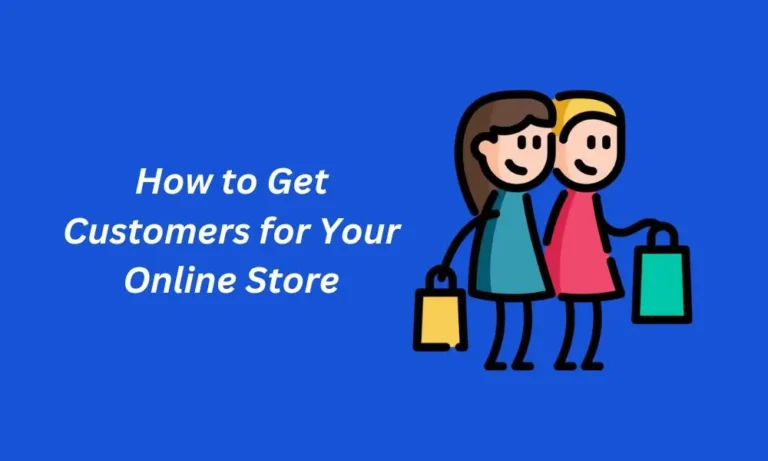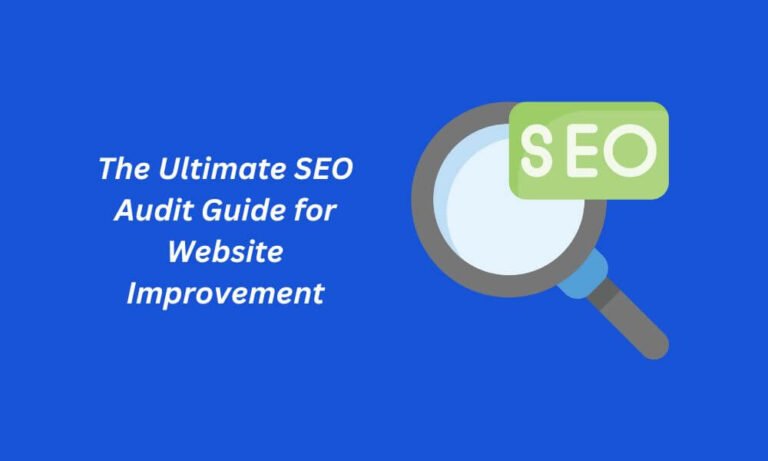In this blog post, you’ll learn the essentials of email marketing for beginners. If this is what you want, then keep reading.
Introduction
In today’s digital age, email marketing remains one of the most effective tools for businesses to connect with their audience. If you’re new to the world of email marketing, you’re in the right place.
In this guide, we will walk you through the fundamentals of email marketing for beginners, providing you with the knowledge and confidence to embark on your own successful email marketing campaigns.
Table of Contents
What is Email Marketing?

Email marketing involves sending targeted emails to a group of recipients with the aim of promoting products, services, or building relationships.
It’s a cost-effective and efficient way to engage with your audience.
Email Marketing for Beginners
Email marketing is a powerful strategy for businesses of all sizes, allowing you to reach your target audience directly in their inbox. In this section, we will delve into the basics.
Why Email Marketing Matters
- Cost-Effective: Email marketing is budget-friendly, making it accessible for businesses of all sizes.
- Personalization: You can tailor emails to individual preferences, increasing engagement.
- Measurable Results: Easily track open rates, click-through rates, and conversions.
- Builds Trust: Consistent communication helps build trust and credibility.
- Boosts Sales: Email marketing can lead to higher conversion rates and increased revenue.
Getting Started with Email Marketing
To kickstart your email marketing journey, begin by building a robust email list using sign-up forms and enticing incentives.
Choose an email marketing platform tailored to your needs and leverage its templates, automation, and segmentation features.
These essential steps will set the foundation for successful email campaigns.
Building Your Email List
- Create Opt-In Forms: Embed sign-up forms on your website to collect email addresses.
- Offer Incentives: Encourage sign-ups by offering discounts or valuable content.
- Segment Your List: Divide your subscribers into groups for more targeted messaging.
Choosing an Email Marketing Platform
- Consider Your Needs: Research and choose an email marketing platform that suits your business needs.
- Templates and Design: Select customizable templates to create visually appealing emails.
- Automation: Utilize automation for drip campaigns and personalized content.
Crafting Compelling Emails
- Subject Lines: Create attention-grabbing subject lines to increase open rates.
- Engaging Content: Craft emails that provide value, such as informative articles, promotions, or updates.
- Call to Action: Include a clear and compelling call to action (CTA).
- Mobile Optimization: Ensure your emails are mobile-responsive for a seamless user experience.
Analyzing and Optimizing
- A/B Testing: Experiment with different email elements to optimize performance.
- Analytics: Use analytics to track the success of your campaigns and make data-driven decisions.
Advanced Email Marketing Strategies
Now that you have a solid understanding of the fundamentals, let’s explore some advanced strategies to take your email marketing to the next level.
1. Diversify Your Content
Don’t limit yourself to plain text emails. Experiment with different types of content, including videos, infographics, and interactive elements.
Visual content can often capture your audience’s attention more effectively.
2. Personalization at Scale
While personalization is crucial, doing it manually can be time-consuming.
Invest in email marketing software that allows you to automate personalization based on user behavior, such as recommending products or sending personalized recommendations.
3. Segmentation and Targeting
Refine your segmentation to create highly targeted campaigns. Understand your audience’s preferences, behaviors, and demographics.
Tailor your content to specific segments for a higher engagement rate.
4. A/B Testing
Continuously optimize your email campaigns through A/B testing. Test different subject lines, content, and visuals to identify what resonates best with your audience.
Data-driven decisions lead to better results.
5. Email Automation
Use automation to send relevant content at the right time. Set up automated welcome emails, abandoned cart reminders, and post-purchase follow-ups. Automation saves time and ensures consistent communication.
Email Marketing Metrics: What Do They Mean?
Understanding the metrics associated with email marketing is essential for measuring your campaign’s success.
1. Open Rate
The open rate indicates how many recipients opened your email.
A high open rate suggests that your subject line and sender’s name are compelling.
2. Click-Through Rate (CTR)
CTR measures the percentage of recipients who clicked on a link within your email.
It’s a crucial metric for assessing the effectiveness of your email content and CTAs.
3. Conversion Rate
Conversion rate measures the percentage of recipients who completed the desired action, such as making a purchase or signing up for a webinar.
It directly reflects the success of your campaign.
4. Bounce Rate
Bounce rate indicates the percentage of emails that were not delivered successfully.
There are two types: hard bounces (permanent delivery failure) and soft bounces (temporary issues).
5. Unsubscribe Rate
This metric represents the percentage of subscribers who opted out of your email list.
Keep this rate low by delivering valuable content and respecting unsubscribe requests promptly.
Email Marketing Trends to Watch
Stay ahead of the curve by keeping an eye on emerging email marketing trends:
1. Interactive Emails
Interactive elements like polls, surveys, and quizzes can boost engagement and provide valuable insights into your audience’s preferences.
2. Artificial Intelligence (AI)
AI can help analyze data, personalize content, and predict subscriber behavior, making your campaigns more effective.
3. Dark Mode Optimization
With the growing use of dark mode in email clients, ensure your emails are optimized for both light and dark backgrounds.
4. Privacy and Data Protection
Stay compliant with data protection regulations and communicate your commitment to user privacy in your emails.
5. Mobile-First Design
Given the prevalence of mobile email usage, prioritize mobile-responsive design for all your email campaigns.
Final Thought
Email marketing for beginners can seem daunting at first, but with the right knowledge and strategies, it becomes a powerful tool to connect with your audience, drive sales, and build lasting relationships.
Remember to stay updated with the latest trends and always put your subscribers’ needs first. By following the guidelines in this guide, you’re well on your way to becoming an email marketing pro.
Now that you’re armed with this valuable information, take the plunge into the world of email marketing and watch your business thrive.
Frequently Asked Questions
Q: How often should I send emails to my subscribers?
A: The frequency of your emails depends on your audience and your content. It’s important to strike a balance between staying in touch and not overwhelming your subscribers. A weekly or bi-weekly schedule often works well.
Q: Can I use purchased email lists?
A: It’s not advisable to use purchased email lists, as they may contain uninterested or irrelevant contacts. Building your own list ensures that you are reaching a genuinely interested audience.
Q: What are some common email marketing mistakes to avoid?
A: Common mistakes include not segmenting your list, sending too many emails, neglecting mobile optimization, and using generic subject lines. Avoid these pitfalls to enhance your email marketing success.
Q: How can I measure the success of my email campaigns?
A: Key metrics to track include open rates, click-through rates, conversion rates, and unsubscribe rates. These metrics will provide insights into your campaign’s performance.
Q: Is email marketing suitable for small businesses?
A: Yes, email marketing is highly suitable for small businesses due to its cost-effectiveness and ability to reach a targeted audience. It can help small businesses build brand awareness and drive sales.
Q: Are there any legal considerations in email marketing?
A: Yes, it’s essential to comply with email marketing laws, such as the CAN-SPAM Act in the United States. Ensure you have consent from subscribers, provide opt-out options, and include your business’s physical address in emails.




